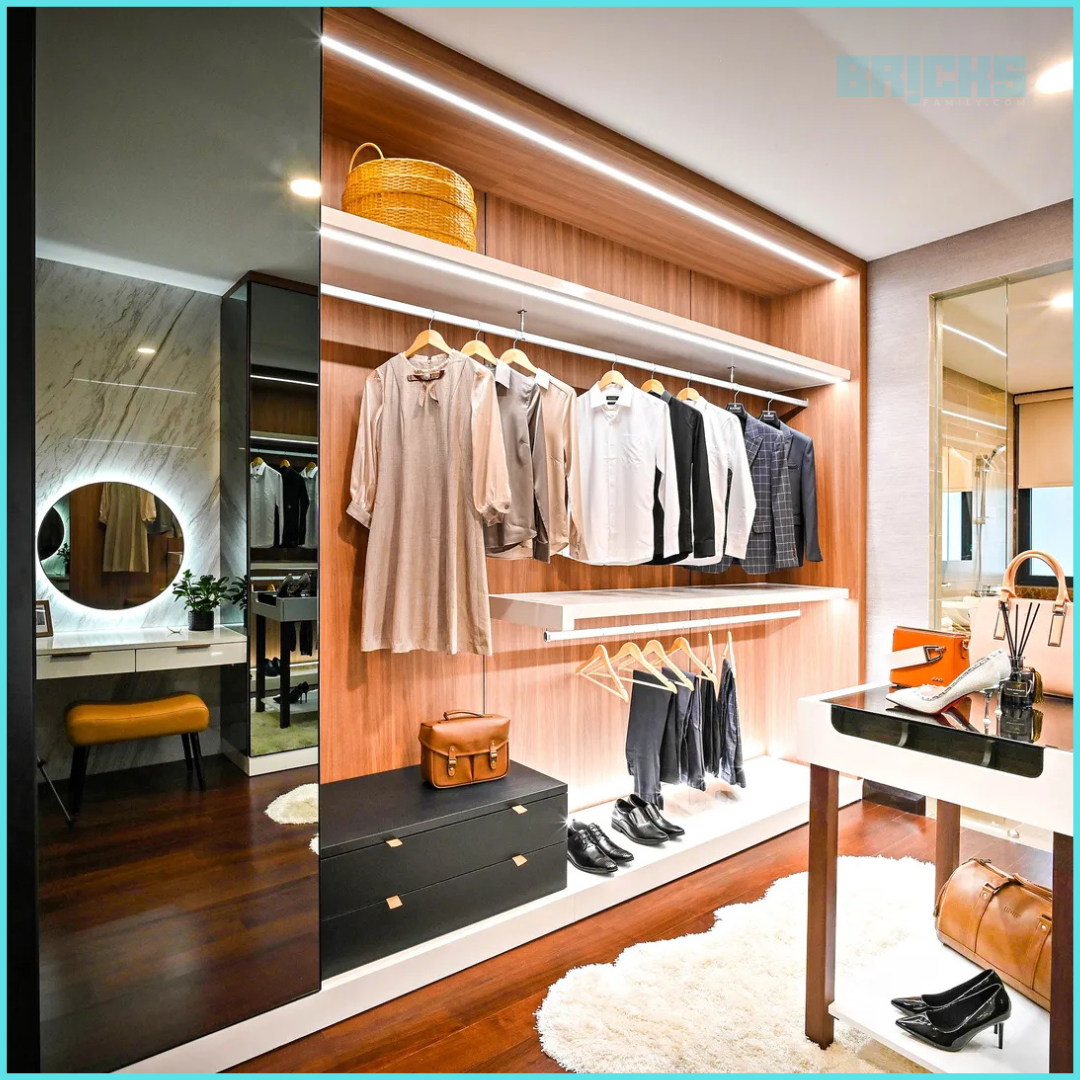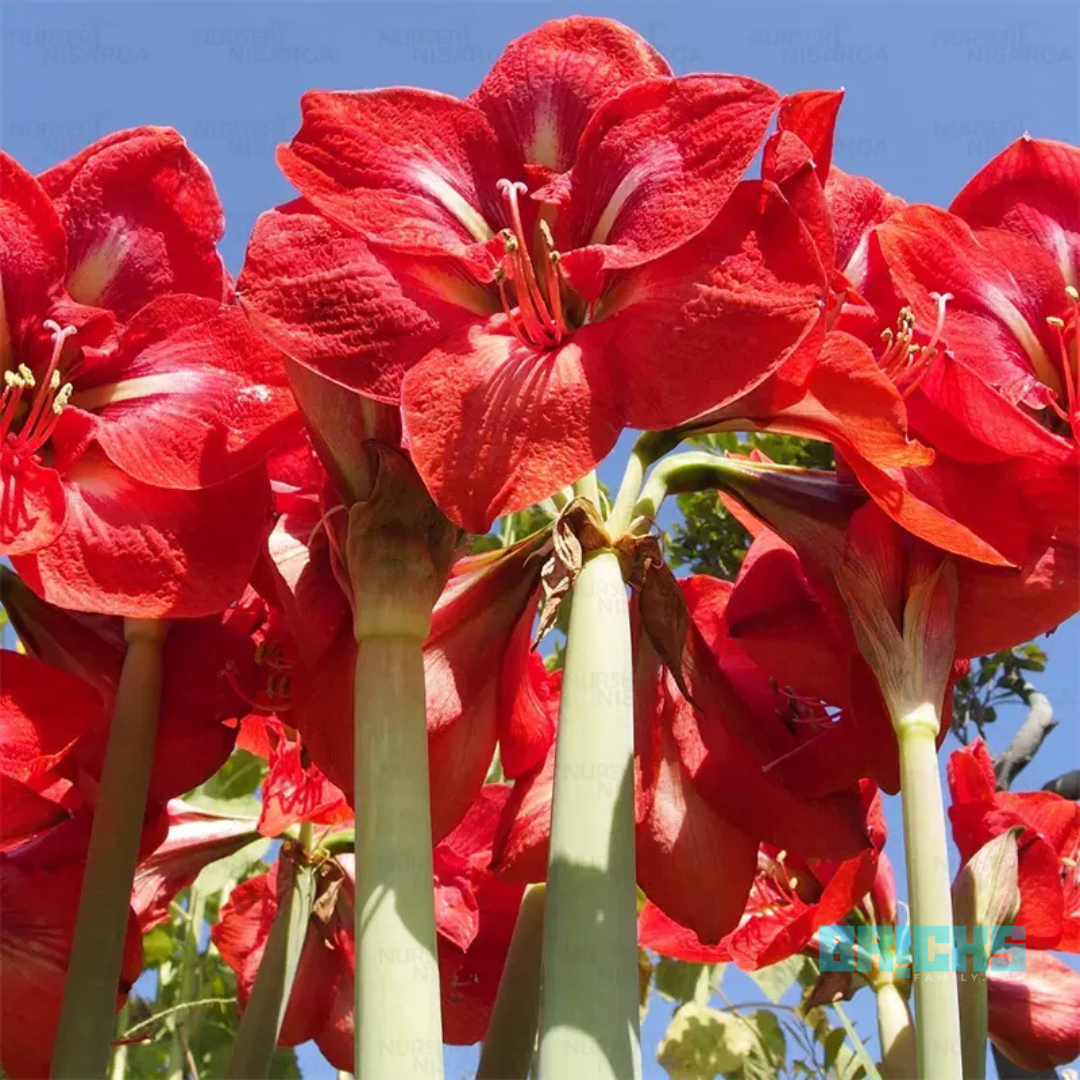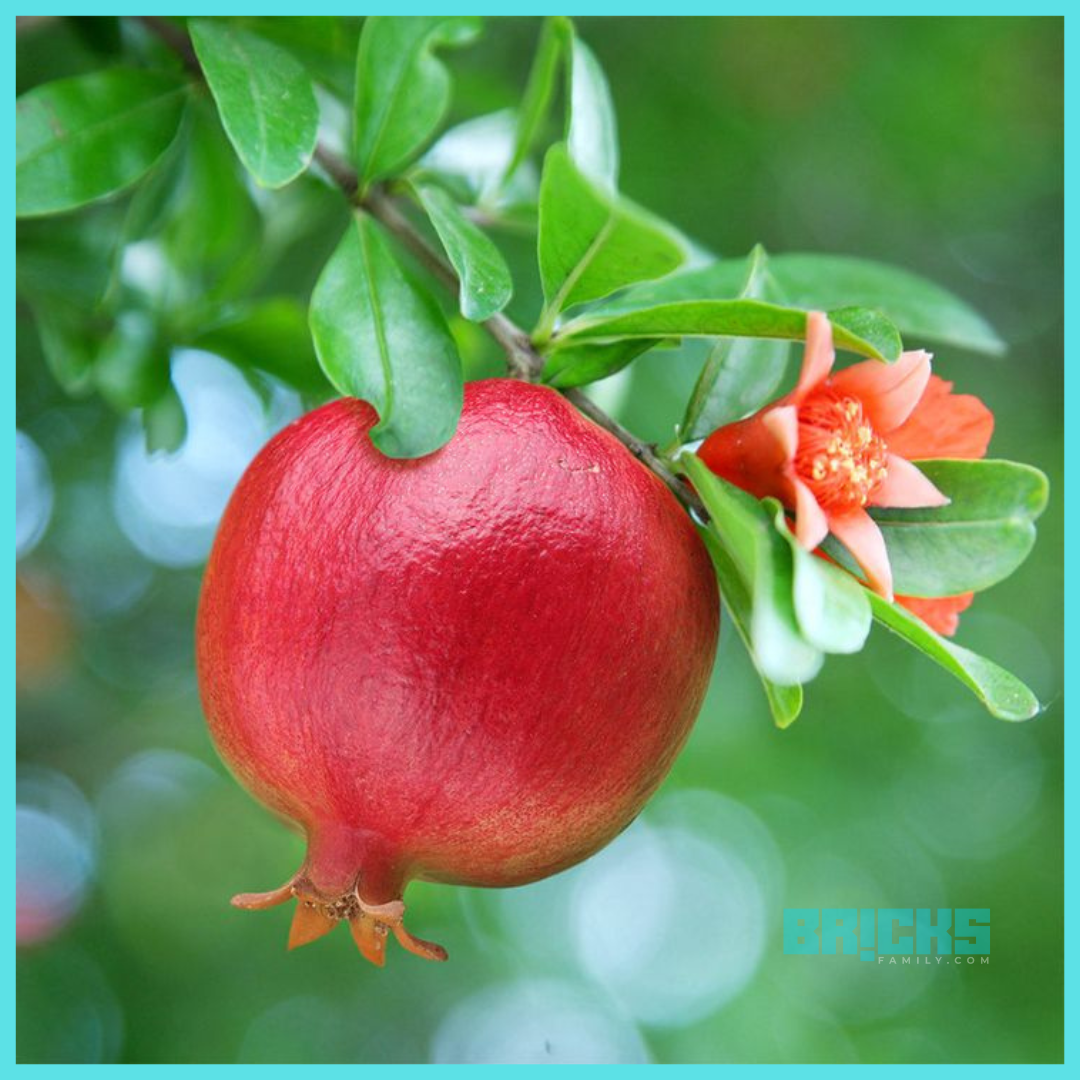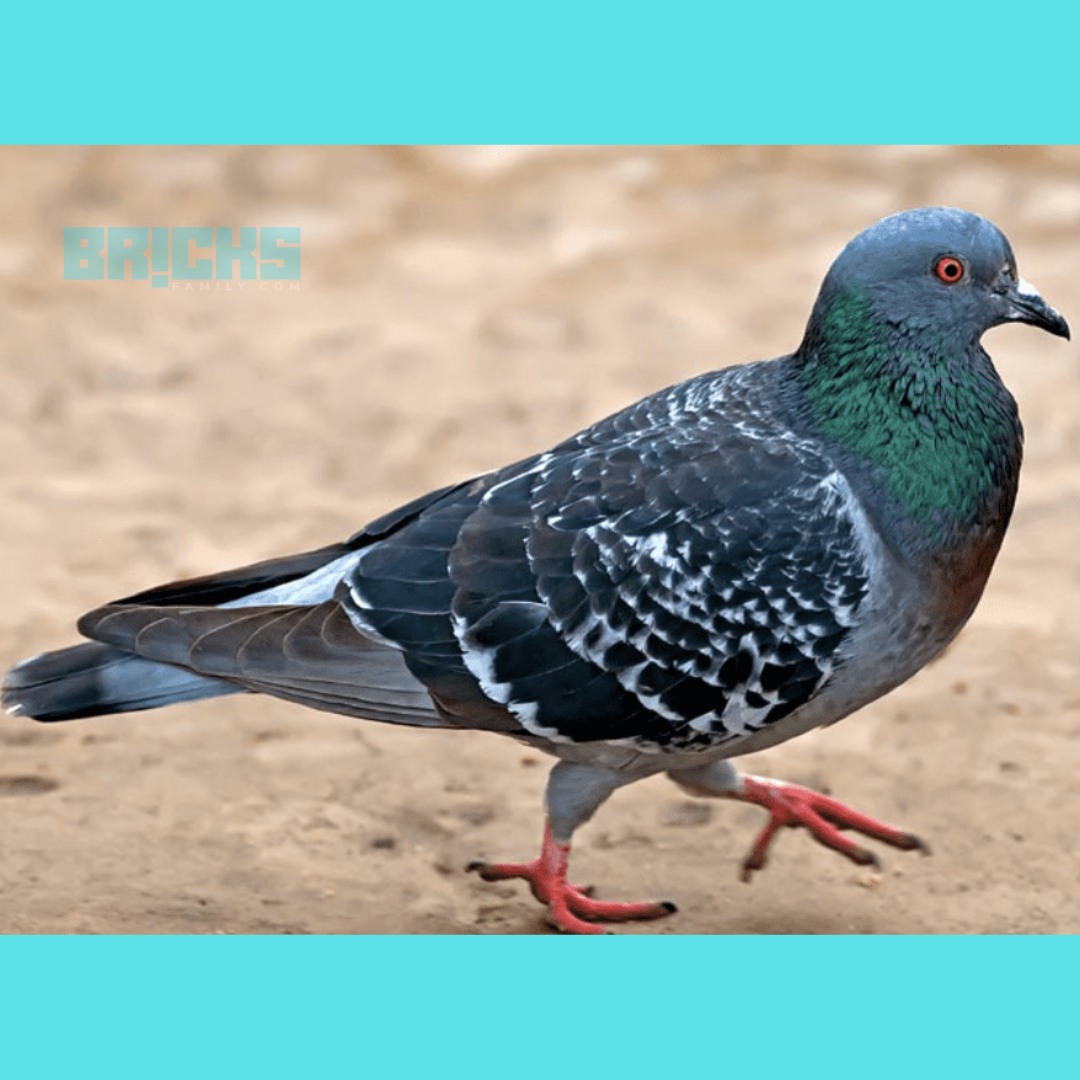A Maranta leuconeura is the botanical name for the prayer plant, which is a year-round indoor plant. We have discussed how to propagate, care for, and grow prayer plants in this blog.
The prayer plant, also known as praying hands, is well-known for its leaves that fold up in the evening, seemingly for evening prayers. When you need a splash of color on mantles, shelves, or window sills, this crimson plant with soft green leaves is the perfect addition.
Even while you may keep prayer plants indoors throughout the year, they look especially beautiful in the winter months. This plant is indigenous to South America, primarily Brazil, and thrives in environments with high humidity and little light with well draining soil.
Read this blog to learn all about this beautiful indoor plant, and make it a part of your collection to bring home its magnificence and positive vibes. Link
What is Prayer Plant?
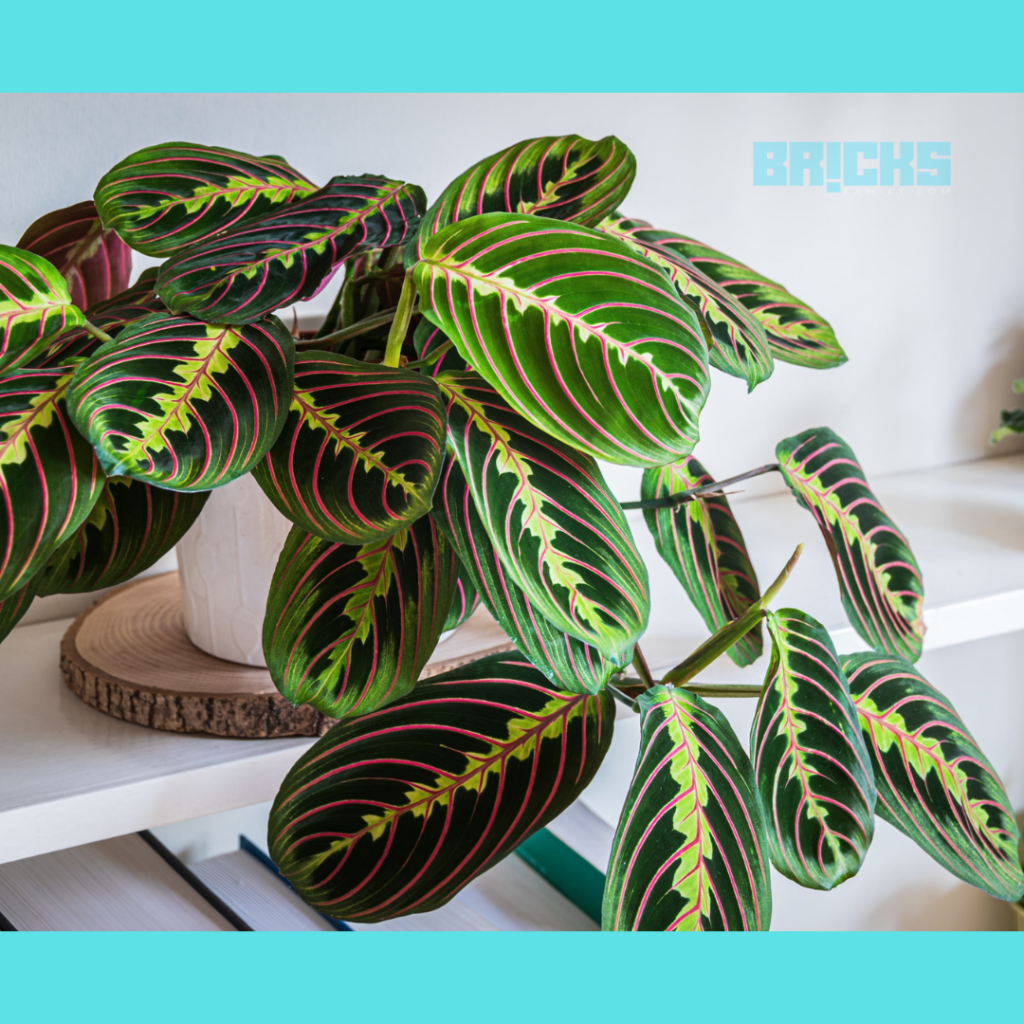
Maranta Leuconeura is the scientific name for the prayer plant. Soft dark green leaves with feathery centers of crimson and light green veins are a characteristic of the plant. It was named for Bartolomeo Maranta, a physician and botanist. This plant belongs to the Marantaceae family and is visually appealing and little maintenance. In the evening, the flat leaves of prayer plants, which come in a variety of colors, fold up to form the hands of prayer. Link
At any time of year, but particularly in the winter, this lovely plant is a lovely addition to the collection of houseplants because it may bloom indoors for a full year. When grown indoors, it blooms in the early spring. Prayer plants thrive in moist, well-draining soil, low light levels, and brilliant, indirect sunlight.Link
The prayer plant is an easy plant – keep it in a sunny spot, moisten its soil, and spray its leaves once every week to let it flourish beautifully.
Prayer Plants – Key Facts
| Common Name | Prayer Plant |
| Botanical Name | Maranta Leuconeura |
| Plant Type | Herbaceous, Perennial |
| Family | Marantaceae |
| Mature Size | 6 to 12 inches tall, 6 to 12 inches wide |
| Soil Type | Well-drained and moist |
| Soil pH | Neutral, Acidic |
| Sun Exposure | Partial or With Shade |
| Flower Colour | White |
| Growing Season | Spring |
| Native Area | South America |
Types of Prayer Plants
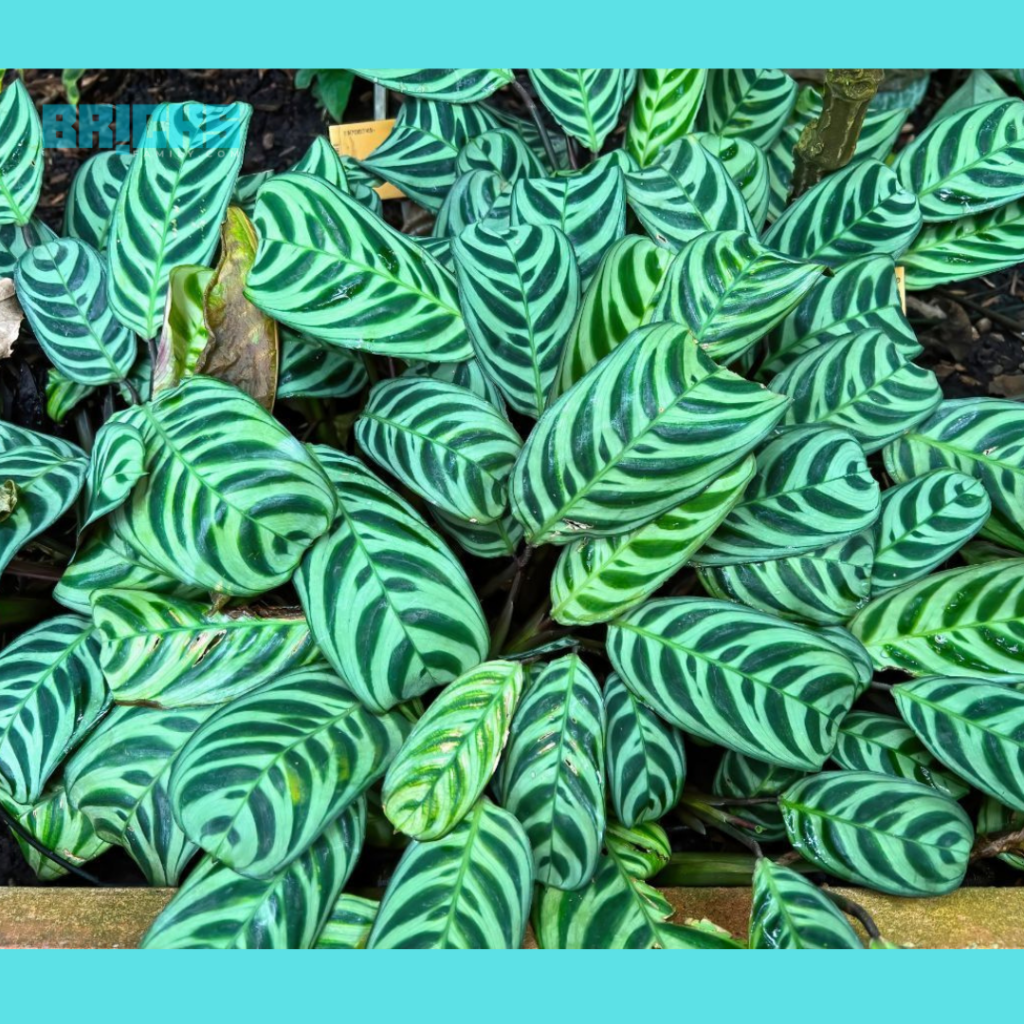
Prayers plants are of multiple types; most have bright, unique leaf patterns, and leaves fold and unfold at different times of the day. Learn below about common types of prayer plants:
Black Prayer Plant
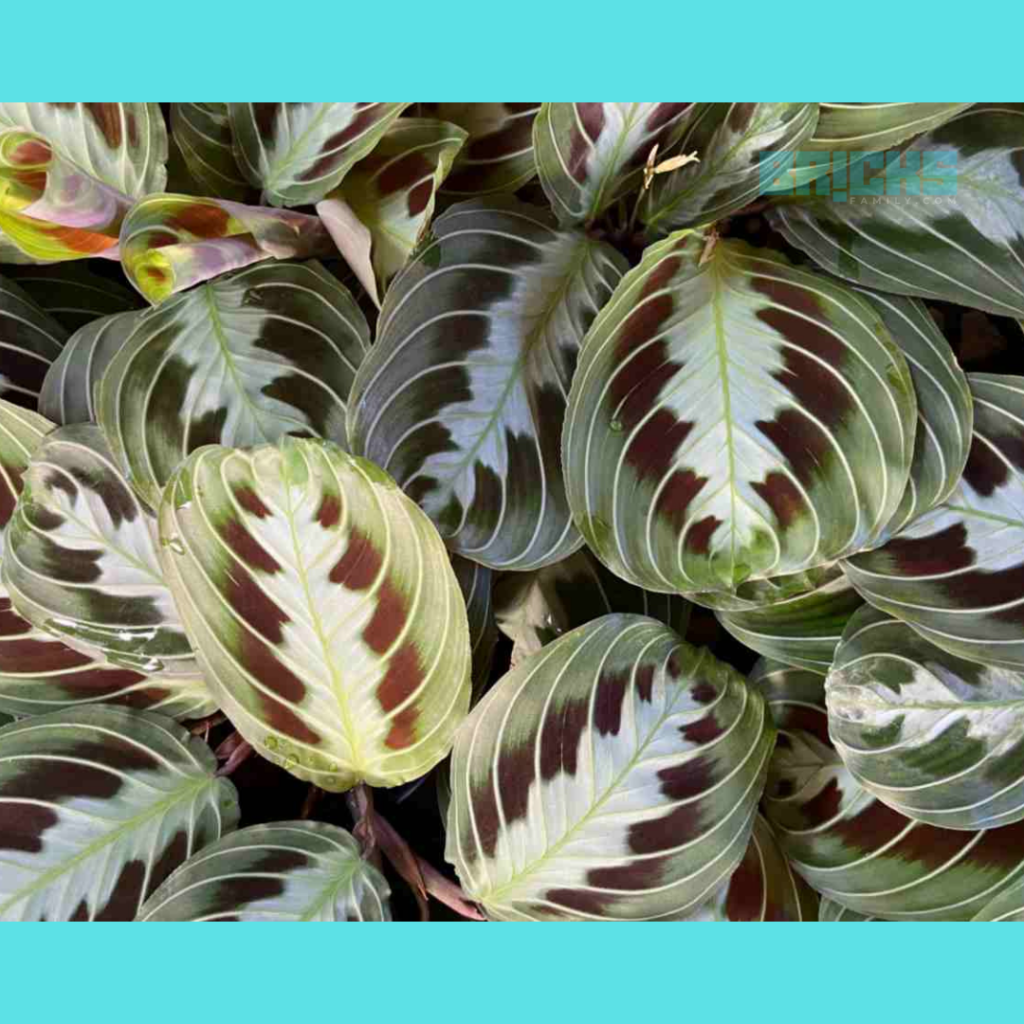
The silver-blue leaves of the black prayer plant are purple and olive green in color. Though its leaves have a dark purple, nearly black background, this plant resembles other veiny prayer plants, the ones with lemon-lime colorways and herringbone patterns.
Lemon Lime Prayer Plant
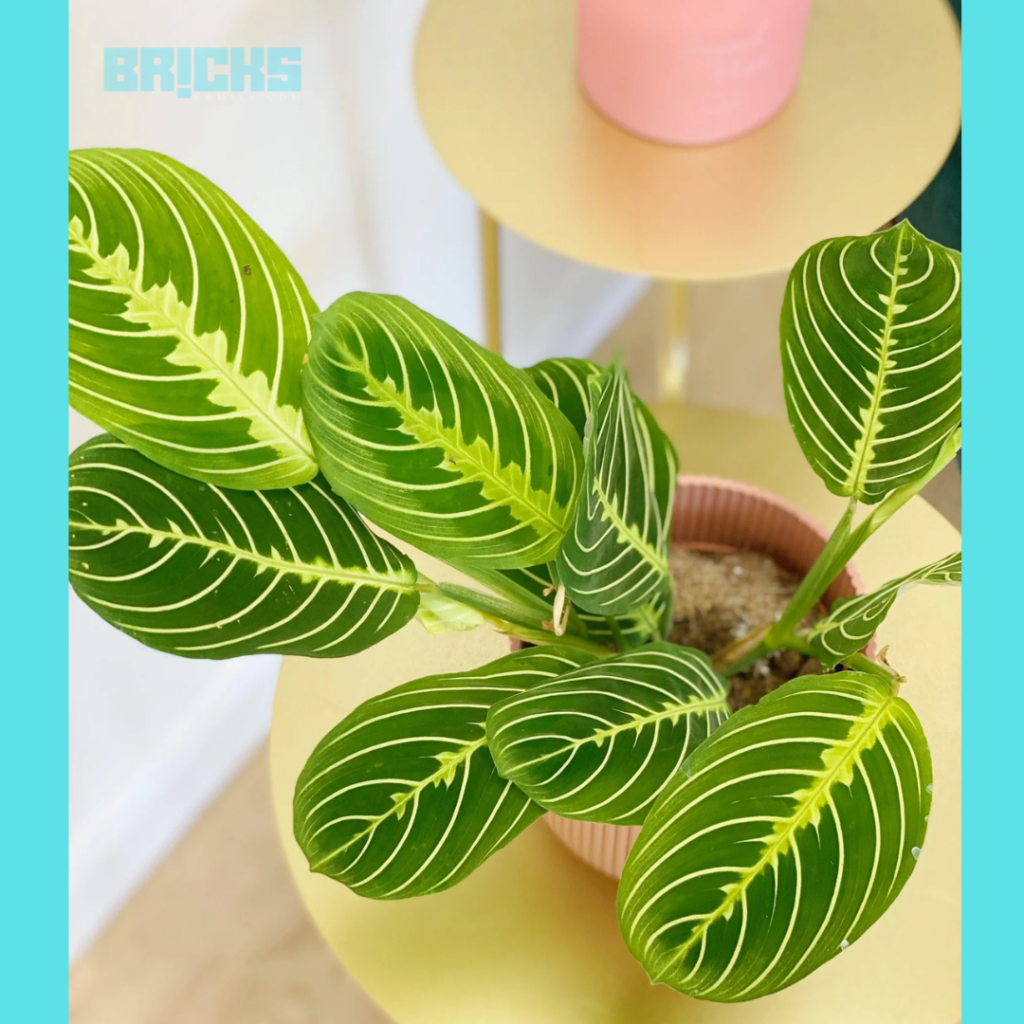
The lemon lime, or cultivar M. leuconeura, resembles the red prayer plant in appearance, but its leaves are brilliant green in color rather than red. In hanging baskets, the lemon lime prayer plant thrives.
Red Prayer Plant or Herringbone
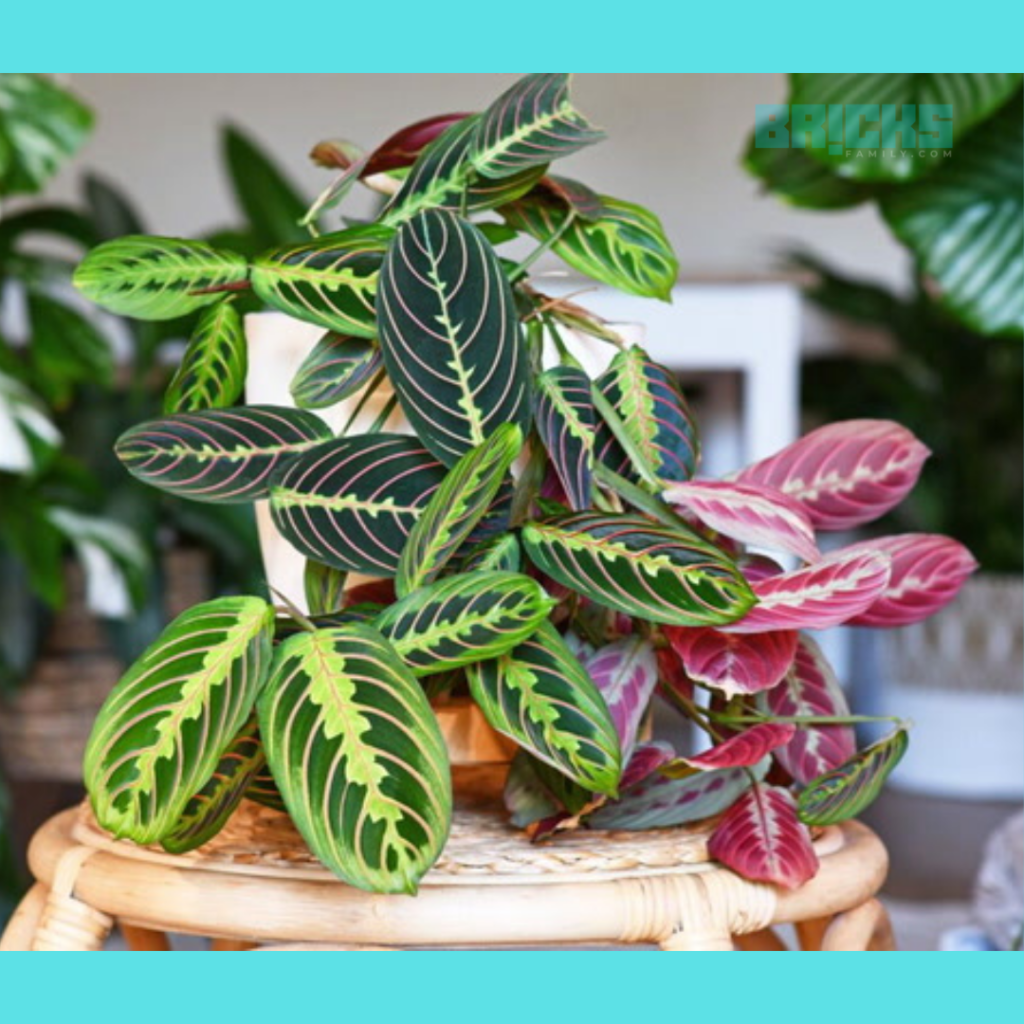
Red prayer plant, or Maranta leuconeura var. erythroneura, is another name for herringbone prayer plant. The plant’s green leaves with their vivid crimson veins arranged in a herringbone design are eye-catching. When grown inside, the red prayer plant is resistant to pests and diseases and thrives in pots.
Rabbit’s Foot Prayer Plant
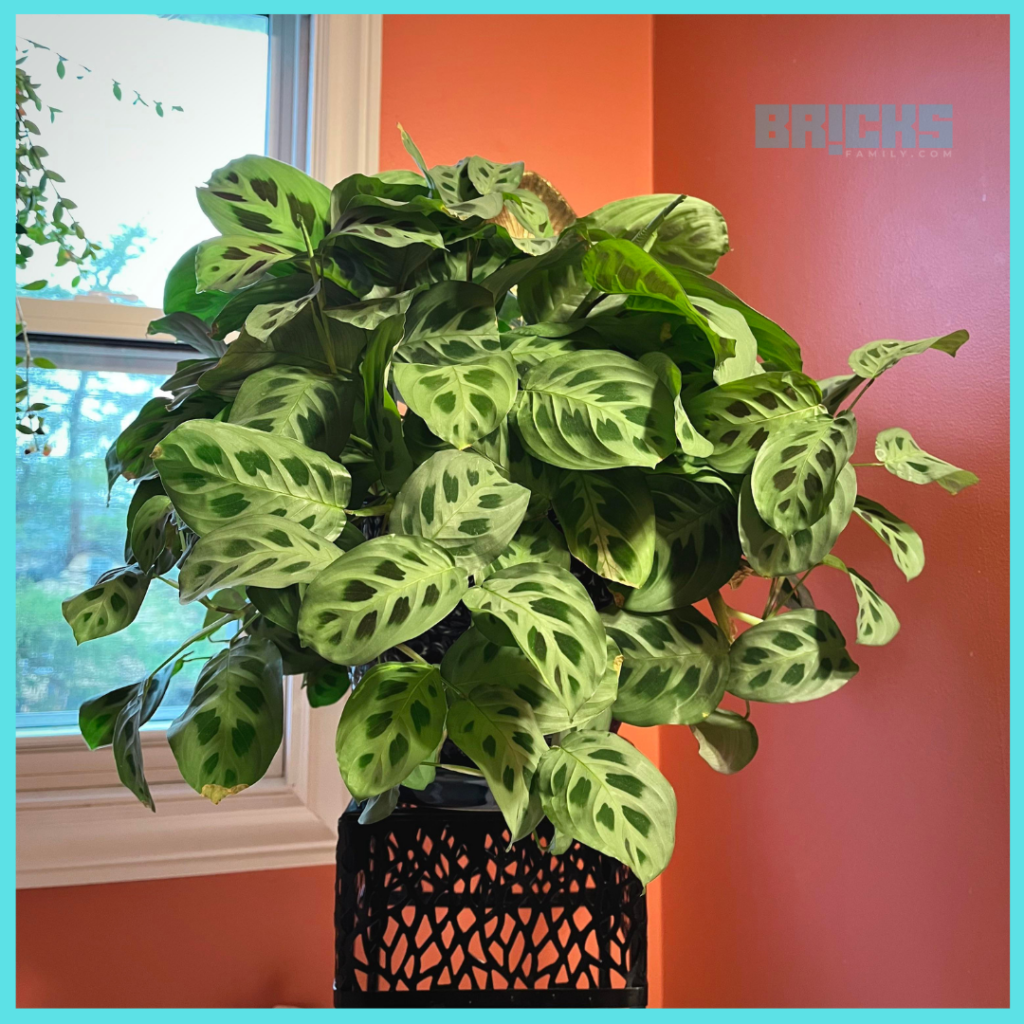
This plant, also known as rabbit footprints prayer plant (M. leuconeura var. Kerchoveana), has bright green leaves with deep reddish-brown or red-orange-rust spots. The plant is perfect for hanging pots because of its trailing design. To produce a foggy atmosphere, bright, indirect sunlight and consistent drizzle are needed.
Fishbone Prayer Plant
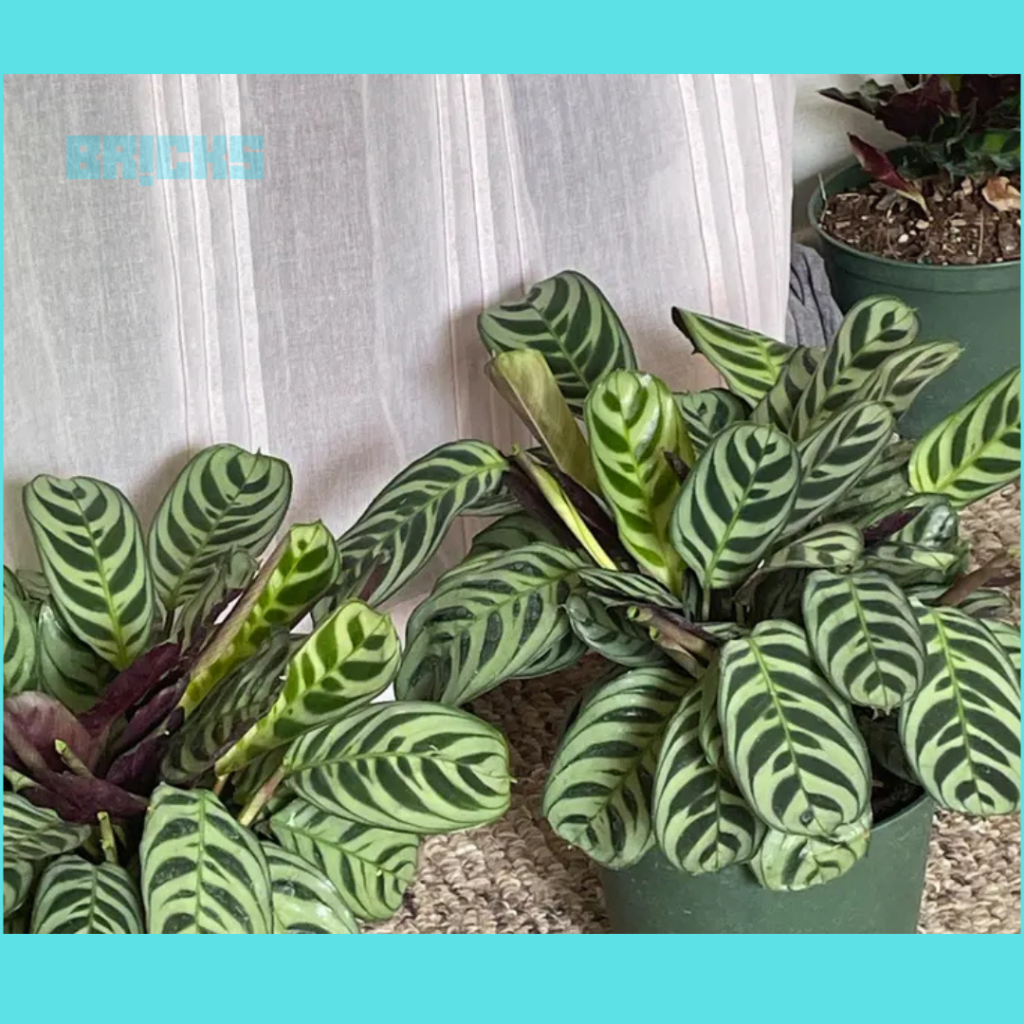
Another name for the fishbone prayer plant is Ctenanthe burle-marxii. The plant features bright scarlet undersides and pale green leaves with contrasting dark green patterns. The movement of the leaves in the morning and evening is this plant’s most fascinating feature.
How to Care for Prayer Plants?
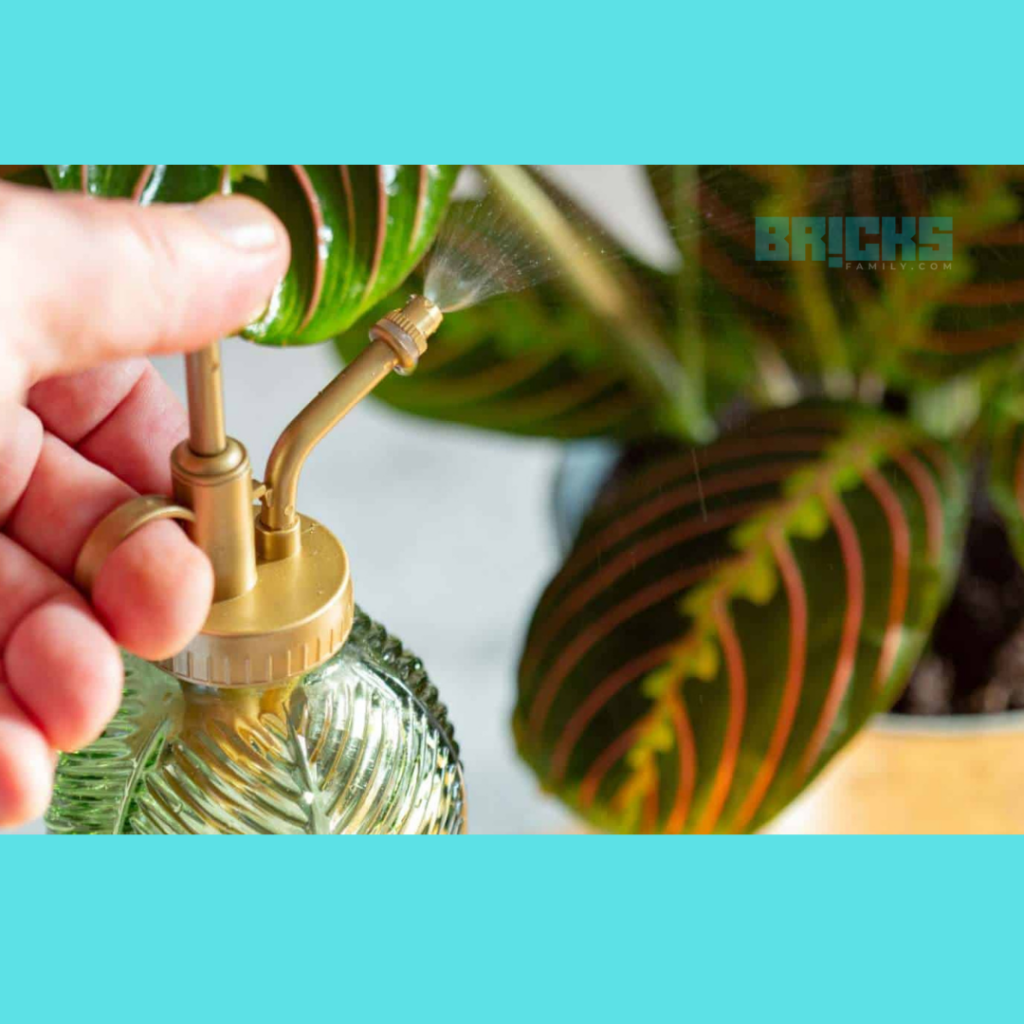
Every prayer plant cultivar or variation requires the same level of maintenance. Take a look at some crucial guidelines for maintaining a prayer plant, whether it is kept indoors or out:
Avoid overwatering: Although prayer plants thrive in damp soil, avoid giving them too much water. When the top of the soil is dry during the flowering season, water a prayer plant; nevertheless, do not allow the soil to completely dry out. When prayer plants receive too much water, the tips of their leaves may become yellow and eventually fall off. Additionally, it may result in fungal issues and root rot. Additionally, avoid watering these plants with cold water. The water should be at room temperature or slightly warmer, but not more than 80 degrees Fahrenheit. When it comes to watering prayer plants, tap water is ideal.
Feed frequently: During the growing season, which runs from late spring to early fall, it is advised to fertilize your prayer plants every two weeks. Use a water-soluble fertilizer for houseplants. Prayer plants only require fertilization once a month during the winter. Additionally, keep in mind that overfertilizing them could cause the leaves to turn brown or kill the plant. To prevent this, you can dilute the fertilizer by half.
Choose the right soil: For healthy growth, use ordinary potting soil for the prayer plants. But keep in mind that the soil is fresh and well-draining, and the container has drainage holes. Additionally, you can create your own ideal soil for a prayer plant. Mix coarse sand, perlite, loam soil, and peat moss. Remember to avoid mixing too much pertile. This could result in fluoride burn, which would cause the leaves to turn brown.
Keep the air misty: To maintain humidity in the indoor growing space, prayer plants that are planted outside of their natural growing zones and hardiness areas require a humidifier. The leaves may have brown tips as a result of the incredibly dry atmosphere. Because the bathroom is naturally moister than other areas of the house, you can grow a prayer plant there.
Repotting: It is necessary when the roots of the plant begin to emerge from the pot’s drainage holes. Please keep this in mind. Additionally, you must repot the plant if it does not grow properly and needs constant watering to keep the soil moist. However, prayer plants typically get rootbound, so moving them frequently is not necessary.
Provide indirect sunshine: Rather than direct sunlight, prayer plants need indirect sunlight to thrive. They thrive in places that are warm and shaded. Prayer plants need less light because they are native to rainforests; you can manage this by choosing a spot or providing some shade. But keep in mind that if the leaves don’t receive enough sunshine during the day, they won’t open all the way. As a result, avoid keeping them in completely dark spaces. The plants are getting too much sunshine if you notice that their leaves are starting to fade.
Don’t trim: There’s no need to trim prayer plants. On the other hand, by clipping the leaves just above the leaf node, you can alter their growth pattern and give them a bushier appearance. Pruning or trimming encourages the prayer plants to grow outward.
Prevent illnesses and pests: You should monitor prayer plants for mealybugs and spider mites. Lightly mist the plant with neem oil to protect it from these illnesses. Since prayer plants thrive in moist soil and a humid environment, fungal illness is a frequent problem. Use well-draining soil, refrain from overwatering, and keep plant leaves away from standing water to avoid such problems.
Propagation of Prayer Plant
You can benefit from a healthy prayer plant by multiplying the original plant to produce more plants. Prayer plants can be propagated by dividing the entire plant or by taking stem cuttings. Draw a portion of the prayer plant away, carefully separate the roots, and then plant the new plant in the same container. For stem cuttings, cut the stem under the leaf and place it in a glass of water. After a few days, change the water to encourage the growth of new roots.
Common Problems With Prayer Plant
There are some common problems associated with the Prayer Plant. Here are some of them:
- Yellow Leaves: A typical issue with prayer plants is their leaves turning yellow. This issue frequently arises from problems like excessive or insufficient irrigation, excessive or insufficient exposure to sunshine. The plant’s yellow leaves may be an early indicator of root rot, which could be brought on by over watering.
- Brown Leaves: When a prayer plant is submerged, its leaves turn brown due to a lack of sunshine and humidity. As a result, the leaves first turn yellow and then brown. One of the first indications of low humidity is the brown edges of the leaves.
- Dropping Leaves: If the leaves on your prayer plant are falling off. It could be caused by a number of factors, including overfertilization, pest infestation, and drought. You can determine why your plant is dropping leaves by looking at it and the changes it has undergone in its surroundings.
Is Prayer Plant Vastu Recommended?
Given that it is thought to bring luck and pleasant energy, the prayer plant is definitely recommended. Kitchens and bathrooms are great places to store stuff. Additionally, according to Feng Shui, this plant should be kept facing east since it promotes growth and improves relationships. New beginnings are symbolized by the east.
Summing Up Prayer Plants
The majority of homes in the nation now have prayer plants. The plant may improve the flow of any space and is a sign of prayer and serenity. The inward folding of the plant’s leaves inspires feelings of gratitude and thankfulness. The prayer plant is a great addition to your collection of greens because it is low maintenance and easy to cultivate. Bring a prayer plant home with you, and let it to perform its magic by bringing in calming and positive energy.



